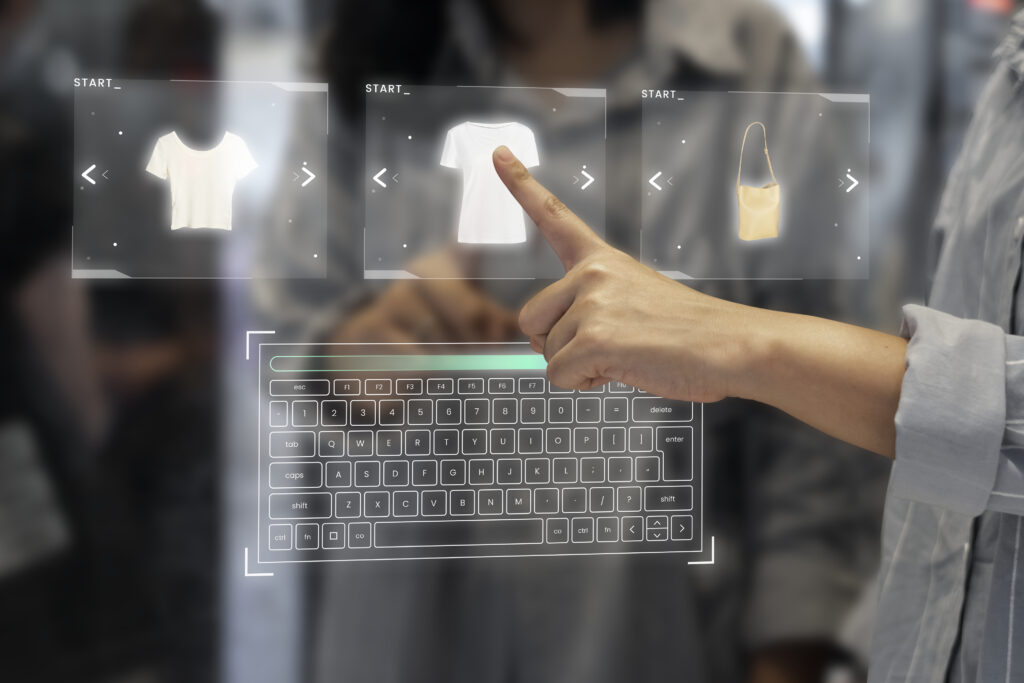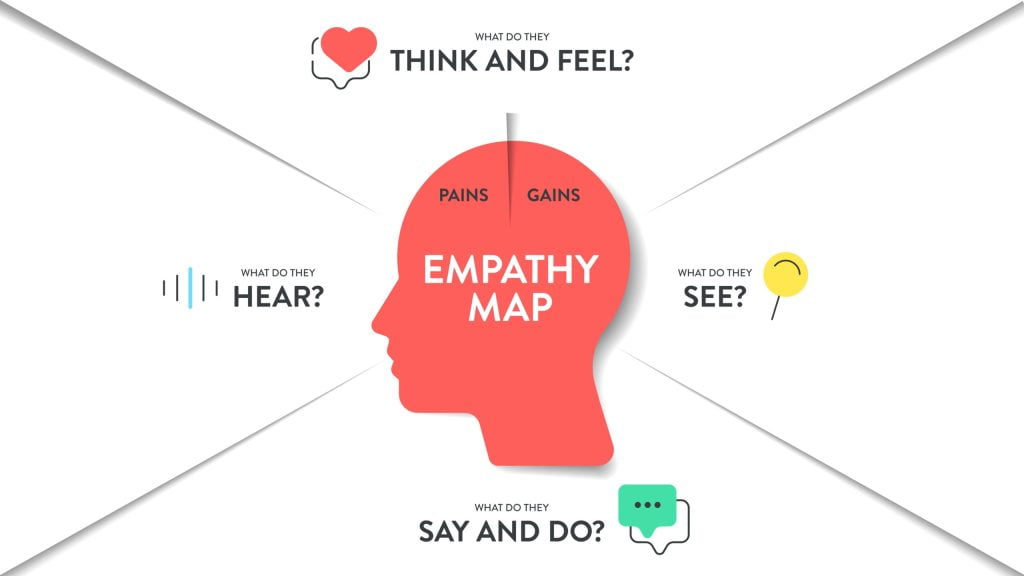Banking in the Metaverse
Table of Contents:
The banking industry has undergone huge changes in recent decades. In a short period of time, with increased digitization and ever more sophisticated data protection, banks have gone from being physical institutions with paper-based systems to digital enterprises with far less emphasis on real-world branches. This has even led to the introduction of digital-only banks, as well as virtual and extended reality banking experiences from some of the more ambitious companies. And what’s to come is no less revolutionary. Blockchain technologies and cryptocurrencies have really begun to shake things up, and this is only going to intensify over the coming years. In this Mazer blog post, we take a look at how the banking industry is adapting to the metaverse and some of the things we can expect as the metaverse for banking continues to develop.
Beyond digitization
Like many industries, banking has benefited greatly from the digital era. Banks have been able to take advantage of internet and mobile services to offer their customers far more convenient ways of storing and moving their money, as well as introducing all sorts of tools for budgeting and saving that simply weren’t available to ordinary customers just a few years ago. The introduction of blockchain technology has taken this to the next level, providing added security on top of faster, borderless transactions. However, it has also brought challenges for traditional banks. They have had to figure out how to adapt to decentralized technologies such as cryptocurrencies and NFTs, which have allowed people to circumnavigate the mainstream banking system and build their own economies, many of which play out in the metaverse. This is why some large corporations are beginning to turn their attentions towards this new virtual frontier.
Early experiments
The metaverse is still very much in its infancy, so some organisations are investing in the developing virtual universe early in order to get ahead of the competition. Even before the metaverse was such a hot topic, some banks were working on virtual reality experiences which were a clear precursor to banking in the metaverse. One such financial institution is BNP Paribas. As far back as 2017, they released a VR app that provided customers with a virtual suite in which they could carry out tasks such as checking transaction histories and opening new accounts. They even offered customers an engaging VR experience called Mobile Protect VR, which aimed to raise awareness about the importance of getting your devices insured.
More recently, in mid-2021, Italian Bank Widiba created a VR platform called Widiba Home for their customers. It offers all of the functionalities of the traditional banking experience, but in an immersive virtual world, with virtual AI advisors able to direct and assist customers where necessary. Such virtual banks could help to bring more sophisticated banking services to remote regions which would otherwise not be able to access them.
Some companies have used VR for banking to improve their internal processes as well. Bank of America and Accenture have used VR to train employees, hire new staff members, and even boost team morale during the pandemic with fun experiences such as a virtual snowball fight. These early developments no doubt inspired others to start designing virtual and augmented reality experiences for their customers which have already begun to form the basis of the metaverse for banking.
Unlock the future with Mazer: Your innovation partner.
Metaverse banking is already here
As described in our Mazer blog post on metaverse real estate, many companies are already getting involved in the metaverse. Building on these early forays into VR, several companies are already in the process of establishing themselves in the metaverse for banking. In early 2022, JP Morgan released their metaverse solution, the Onyx lounge, which offers a number of Ethereum-based services. They also acknowledged that decentralised finance will be a big part of the metaverse, suggesting that there could be significant changes ahead. In order to help companies get a good handle on the situation, they also offered a raft of advice to their business customers on how to get set up in the metaverse, an indicator of how important they think it will be in the future.
Regularly ahead of the curve on tech developments, several Korean companies have also released metaverse innovations for banking. At the end of 2021, Industrial Bank of Korea announced its plans to bring a number of products to customers in Cyworld Hancom Town, the metaverse world held on the Cyworld platform. Customers opening a bank account with the company in the metaverse will benefit from rewards based on the number of acorn purchases they make within the world. This gamification is something that is becoming more popular on metaverse platforms, helping more traditional companies appeal to younger generations as well.
Another Korean institution, Kookmin Bank, also entered the metaverse for banking last year. They constructed a virtual bank complete with a VIP lounge and a main hall where customers can look over their banking information. The bank hopes to build more metaverse functionalities to appeal to younger generations before the competition and, to that end, aims to provide financial education and training within its metaverse space. On top of this, they will be able to give consultations through the metaverse, facilitating easier customer-employee interactions and bringing a more personalized service back into the industry.
Indeed, this is one of the big advantages of the metaverse for banking. Before the age of digital banking, customers would go into branches and deal directly with staff face-to-face. Inconvenient it may have been, but it was also personal and a more pleasant experience for many. Although this facility still exists, it is used far less, meaning that customers often have to ring busy call centres where they end up dealing with recorded messages and long waiting times. Metaverse banks give us the best of both worlds: a more direct, face-to-face experience with the convenience of being able to visit the bank without leaving the comfort of your own home.
XR Wizards has already started to help metaverse businesses build such virtual branches through its Mazer platform. Banks can insert their employees into a virtual space where they can interact directly with customers from around the world. Both the customer and the employee can view account data together, while eye-tracking and facial recognition technology provide real-time feedback so that they can interact just like they would in the real world, but without their environment even looking like a physical branch. Banks can create any environment they want, potentially making the experience of visiting your bank something far more appealing and even something you might get excited about. This kind of easily accessible, engaging experience has the potential to improve existing banking services to the point that call centres may become a thing of the past.
Decentralized Finance
We have already seen that one of the largest banks in the world, JP Morgan, has accepted that banking will become more decentralized in the metaverse, and it’s likely that they are correct, with many metaverse experts talking about decentralized finance (Defi). One aspect of this will be the democratization of data, where individuals will be fully in charge of their own personal information. Banks and other companies will no longer hold huge amounts of their customers’ private data, which may make some feel much more secure. Bankers will use a range of cryptocurrencies rather than a central bank currency, and fewer people will be involved in transactions since blockchain technology will allow buyers and sellers to use smart contracts to cut out intermediaries (see our Mazer blog post on the role of blockchain in the metaverse). This could facilitate peer to peer lending and more direct interactions between individuals during transactions, with the blockchain providing the trust and security that would normally have come from a bank.
However, while decentralized borrowing may occur, as the metaverse grows and more brands get involved, it is likely that larger corporations will be required to facilitate secure and reliable payments. In March 2022, digital banking provider Signzy Technologies announced that it had been given a US patent allowing the company to offer financial services to customers in the metaverse. These include customer sign ups, loans, commercial banking, and insurance services, as well as seamless financial transactions, with the technology also supporting cryptocurrencies and other metaverse-based financial tools. This metaverse solution will also allow scalability in the future, enabling multiple users to exist in the metaverse across many virtual branches at the same time. This announcement has truly opened up the metaverse to the world of finance, no doubt marking the start of a new era for banking.
Final Thoughts
While many corporations have already experimented with the metaverse for banking, there is still huge scope for development, and early adopters could give themselves a serious advantage if the metaverse turns out to be the future for all industries, not just banking, as some predict. Either way, we could see huge changes in the way banking is conducted, both for customers and for the banks themselves. Ultimately, banks wanting to get the most out of future metaverse developments would be wise to establish a presence now or risk getting left behind.
Read also: Find Out How Virtual Reality Can Enhance B2B And B2C Communication
How are banks establishing themselves in the metaverse?
JP Morgan released the Onyx lounge, a metaverse solution with Ethereum-based services. Korean banks like Industrial Bank of Korea and Kookmin Bank have entered the metaverse, offering virtual banking experiences and financial education, creating a personalized and engaging service for younger generations.
How is XR Wizards contributing to the metaverse in banking?
XR Wizards, through its Mazer platform, helps banks build virtual branches, enabling employees to interact directly with customers globally.
What role does decentralized finance (Defi) play in the metaverse for banking?
Decentralized finance is a significant aspect of the metaverse for banking. Larger corporations may still play a role in secure payments, as seen with Signzy Technologies obtaining a US patent for financial services in the metaverse, supporting cryptocurrencies and facilitating seamless transactions.
Unlock the future with Mazer: Your innovation partner.
Author: Rafał Siejca
Rafal has over twenty years of corporate experience, including roles at Millennium Bank, Comarch, and leading software teams at PZU, one of Europe’s largest insurance companies.As one of Poland’s few true VR experts with a decade of experience, he ensures timely, high-quality project delivery as CEO and CTO.







